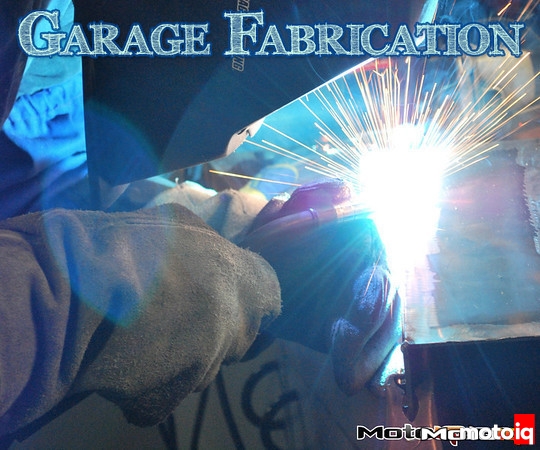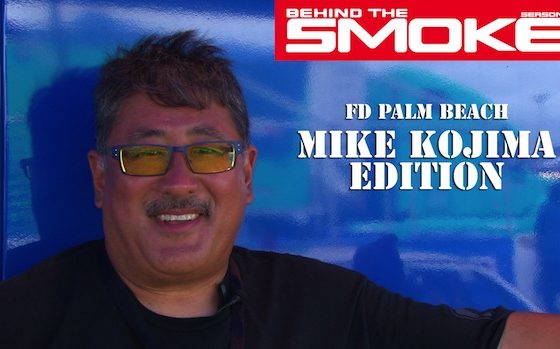
MotoIQ Garage Fabrication: Introduction to Fab
There comes a time in every car nut's life where no one sells that much-needed part and it must be fabricated from raw materials. Taking it to a local machine or fabrication shop is an obvious choice, and can definitely yield excellent results. However, many times the scheduling doesn't pan out, the work is unsatisfactory, or the fabricator is extremely proud of his work with pricing to match. Most of us, to one extent or another, begin to realize that making parts at home makes sense from an economic standpoint. Unfortunately, in many cases our first attempts at “fabrication” are met with booger welds, frustration, pain and unwanted fires. Enter MotoIQ's Garage Fabrication Tips: helping you make probably safe parts at home.
Now, before I dive into telling you neat ways to set fire to your house in order to make somewhat nice parts for the low price of free-fitty-free, I must include a caveat emptor (in light of MotoIQ subscription costs, you're certainly getting what you pay for here): I am not a professional. Most of what I've learned has been through (painful) trial and error; watching the pros do it and attempting to copy their methods; or by reading what other idiots were doing on the Internet and copying or avoiding that technique based on how much I laughed at the results. In other words: if your newly fabricated part fails (or the process to make said part goes wrong) and causes untimely endings for others, property damage, or otherwise unwanted mayhem, that's your fault, not mine. You shouldn't have listened to me. I only have somewhat of a clue as to what I'm doing.
What to make for our first lesson in fabrication? As it turns out, I had the perfect project that's been brewing (and festering) for the entire 2012 NFL season. Some of us MotoIQ staffers and other gearheads are also fanatical football buffs. Every year, regardless of just how shitty our favorite team is doing (I live in San Diego and root for the home team), we all buy in to a football pot where the winner is the fan whose team made it the farthest that season. Our own Marketing and Sales Chief, Martin, is not only an avid 49ers fan, he's also an extremely boisterous one. Really boisterous. So boisterous, in fact, that I spent the season trying to come up with a way to truly hate on his team's seemingly endless parade of good luck in the event his team won the pot. My idea started with just cashing in his winnings and paying him with coins, but that wasn't good enough. When fellow SE-R guy Matt Hunt had to buy Martin a bottle of booze after his Patriots fell to the Niners in week 15, the plan coalesced: take all of Martin's winnings, convert it to coinage, and weld the coins and booze inside of a box. A beefy one. I get to exact my revenge on Martin, and I also have an excellent first project for this series I've been meaning to write for over a year. Win!
 |
| What does a steel box, bottle of Sailor Jerry and a pile of coins have to do with each other? MotoIQ Garage Fabrication, of course! |
The first step in any home fabrication project is to select a space to work in. For any welding project like this one, there are a number of factors to consider when selecting your spot. First, the spot must be clear of clutter, especially flammable clutter. Welding, coincidentally, makes things very hot. MIG welding (the type most of us will be doing at home) also makes lots of sparks and spatter. This means that anything you're working on should have at least five feet of clear space around it where nothing is especially flammable like paper, gasoline, or unspent JATO rocket fuel can catch an ember and get you a not-so-free ride to the hospital or hours of navigating the voice menus of your insurance company. Maybe both.
 |
| Having a clean workspace clear of flammables and innocent bystanders is extremely important. Good lighting is an often overlooked, but extremely important part of any welding project. Yes, that's a Tony Gwynn babushka. |


